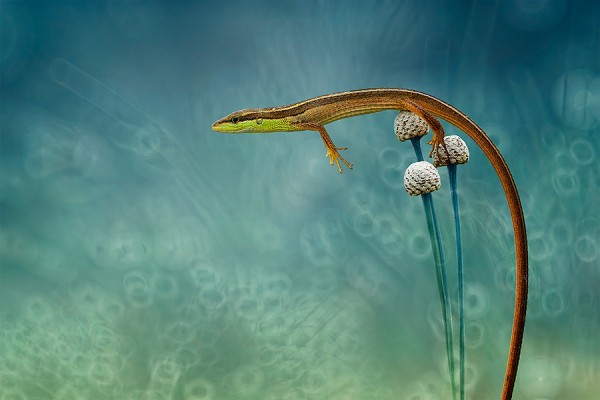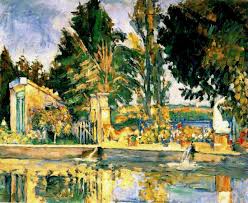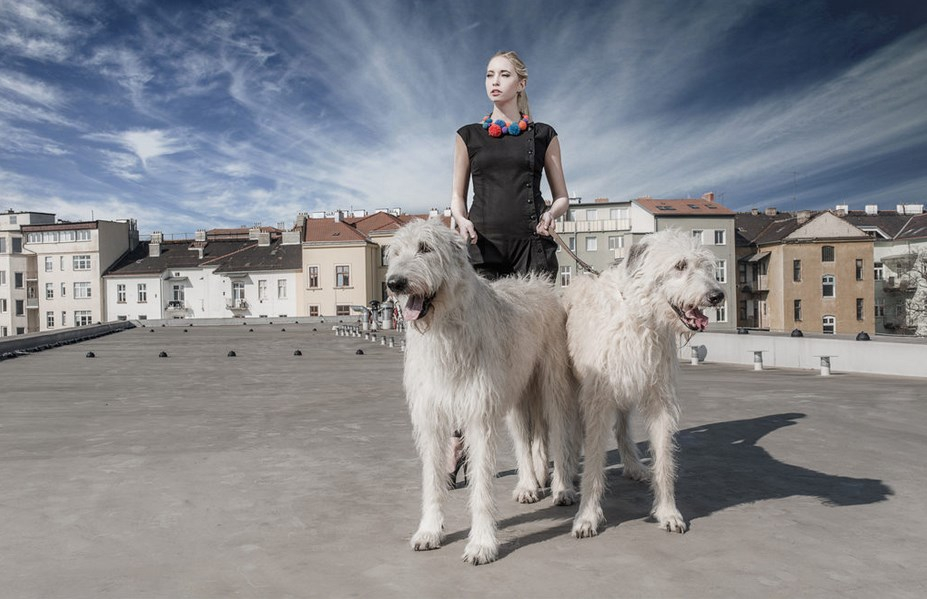Uncategorized
TIPS FOR TAKING MOD SHOW
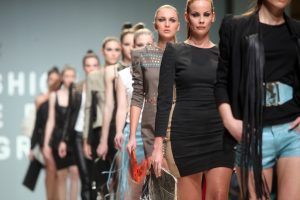 Taking models on the catwalk is a skill that some take for granted, but few photographers do the job as well as they could. But your job at a fashion show is to somehow take perfect photos, while being in a crowd with other photographers, cliched like sardines in a bank, in a dark corner of a very hostile environment where most things are beyond your control.
Taking models on the catwalk is a skill that some take for granted, but few photographers do the job as well as they could. But your job at a fashion show is to somehow take perfect photos, while being in a crowd with other photographers, cliched like sardines in a bank, in a dark corner of a very hostile environment where most things are beyond your control.
Before we begin, remember that the purpose of catwalk photography is to provide a consistent set of quality images for designers or media publications covering an event in the fashion world. Qualitative!
how to photograph the catwalk fashion show
Now let’s move on to the specific ten tips (the order of significance is arbitrary). Continue reading
HOW TO OBTAIN BEST RESULTS BY REMOVING AN ULTRA-WIDE ANGLE LENS
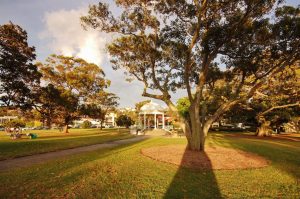 Today, most consumer DSLR lens kits are wide-angle. The 18 mm lens on the APS-C sensor camera (or 27 mm on the old 35 mm) is wide enough for most cases. Ultra-wide-angle lenses are characterized in that their focal length is less than 16 mm. It is here that new creative possibilities and new obstacles open up.
Today, most consumer DSLR lens kits are wide-angle. The 18 mm lens on the APS-C sensor camera (or 27 mm on the old 35 mm) is wide enough for most cases. Ultra-wide-angle lenses are characterized in that their focal length is less than 16 mm. It is here that new creative possibilities and new obstacles open up.
On crop sensor lenses, a focal length of 30-35 mm provides what we call the “normal” field of view, which is roughly equivalent to what the human eye sees. At 18 mm the field of view is almost two times wider, so it is possible to place many objects in the frame. At 12 mm you will again get 50% of the field of view, which is already very far from the “normal” – in this case, you need to turn your head to capture all the details. Continue reading
HOW TO PHOTO JEWELERY WITHOUT A STUDIO. GUIDE TO ACTION
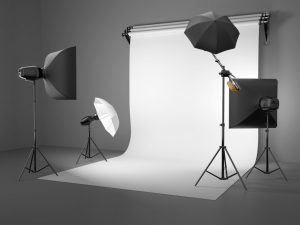 Many online store owners are worried about how to convey the beauty of sparkling jewelry in photographs. However, shooting jewelry is not as difficult as it might seem. Here is a checklist of simple items that will be useful to complete in order to get good photos.
Many online store owners are worried about how to convey the beauty of sparkling jewelry in photographs. However, shooting jewelry is not as difficult as it might seem. Here is a checklist of simple items that will be useful to complete in order to get good photos.
How to photograph jewelry without a studio. Guide to action
Prepare props and materials
Window and natural light
How to photograph jewelry without a studio. Guide to action
Photographing shiny jewelry using a flash is not a good idea, because jewelry will reflect bright light, create glare and sharp shadows in the background, as the two examples below demonstrate. Continue reading
